The Nine Major Lesser Sunda Islands
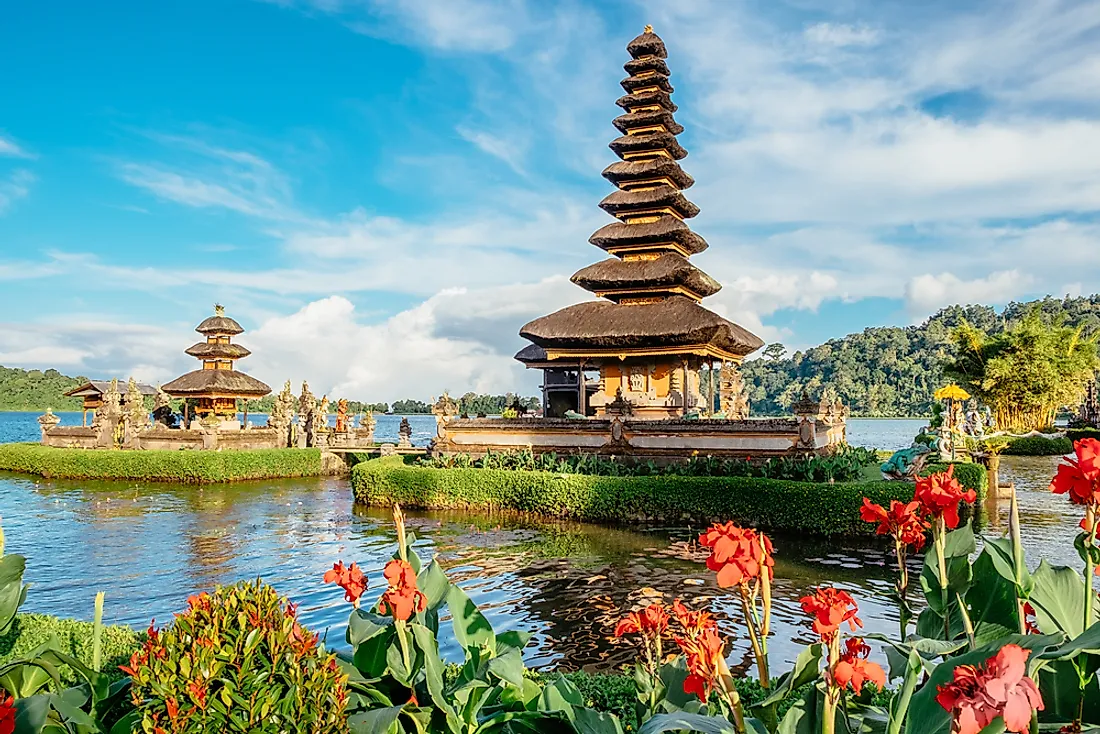
Located to the north of Australia in Maritime Southeast Asia, the Lesser Sunda Islands comprise of several islands like Bali, Flores, Timor, and others. Most of these islands are part of Indonesia. The Lesser Sunda group of islands can be divided into two archipelagos based on their geological origin. The northern archipelago has a volcanic origin while the southern archipelago is non-volcanic in nature.
9. Bali
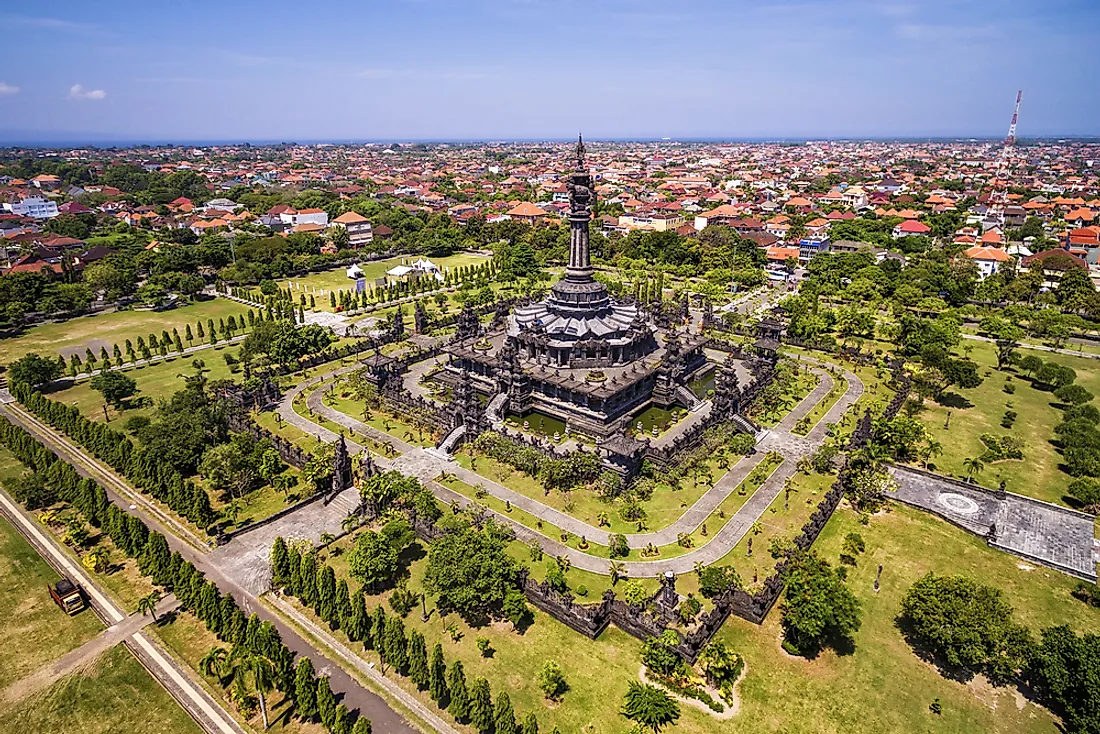
Bali is one of the largest islands in the Lesser Sunda Islands group. The island is part of Indonesia and is located between the islands of Lombok and Java. Denpasar is the capital of this island and as of 2010, it has a population of 3,890,757 people. Balinese Hinduism is the religion of the majority on this island. Bali is famous across the world as a popular tourist destination, and tourism contributes to nearly 80% of the economy of Bali. The island is famous for its historical and religious places, cultural activities, and tropical beaches. The waters around the island are also rich in marine life.
8. Lombok
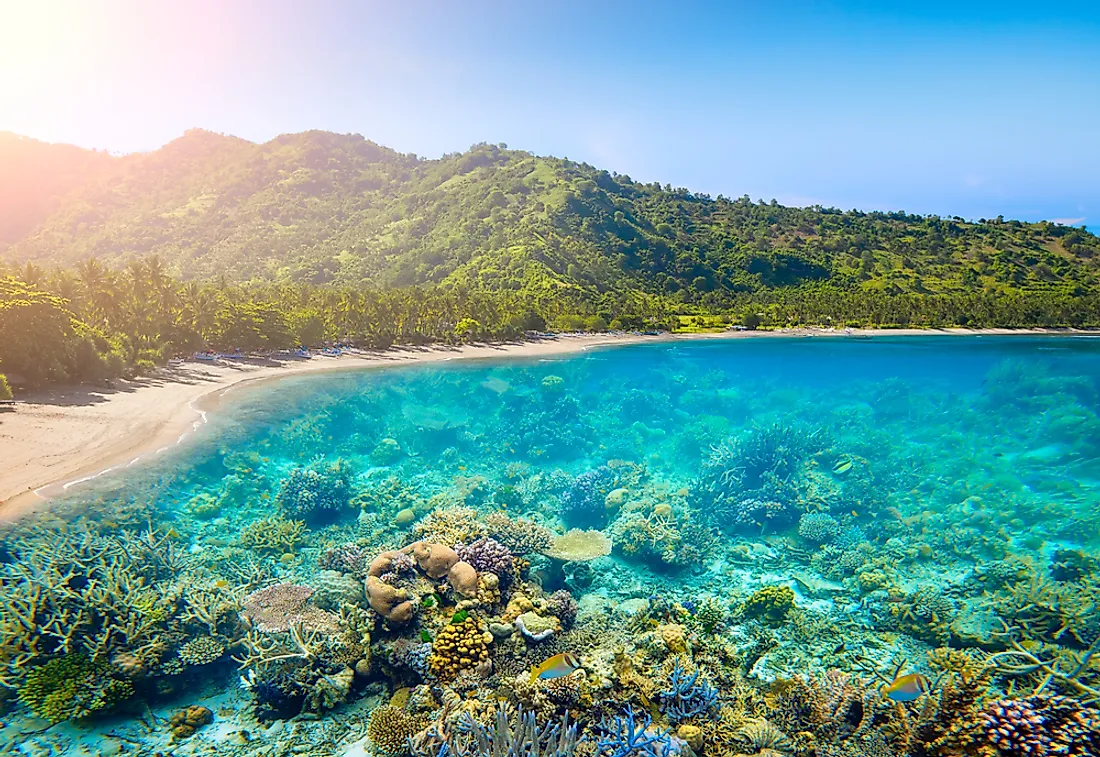
Part of the Indonesian province of West Nusa Tenggara, Lombok is one of biggest of the Lesser Sunda Islands. Lombok is located between the islands of Bali and Sumbawa and is separated from the same by the Lombok Strait and the Alas Strait, respectively. Mataram is the island’s most populated city. Lombok occupies an area of about 4,514 square km and houses a population of about 3.35 million people. Tourism is a very important source of income in Lombok.
7. Sumbawa
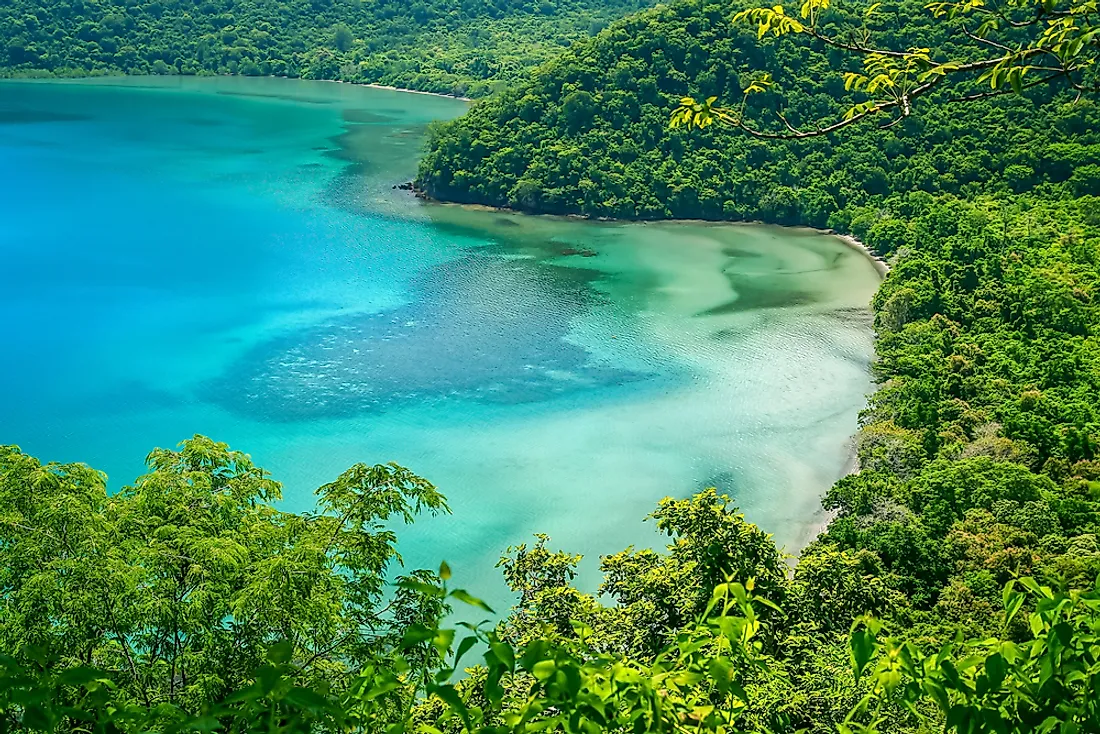
Located towards the middle of the chain of the Lesser Sunda Islands, Sumbawa is also a part of the Indonesian province of West Nusa Tenggara. The island is famous for sappanwood, a type of wood used in preparing sandalwood, honey, and a red dye. The island occupies an area of about 15,448 square km and houses a population of around 1.39 million. The volcanic island hosts volcanoes like the Mount Tambora which had a major eruption in 1815 that killed nearly 72,000 people. Agriculture is the main source of livelihood in Sumbawa while tourism is in the nascent stage.
6. Flores
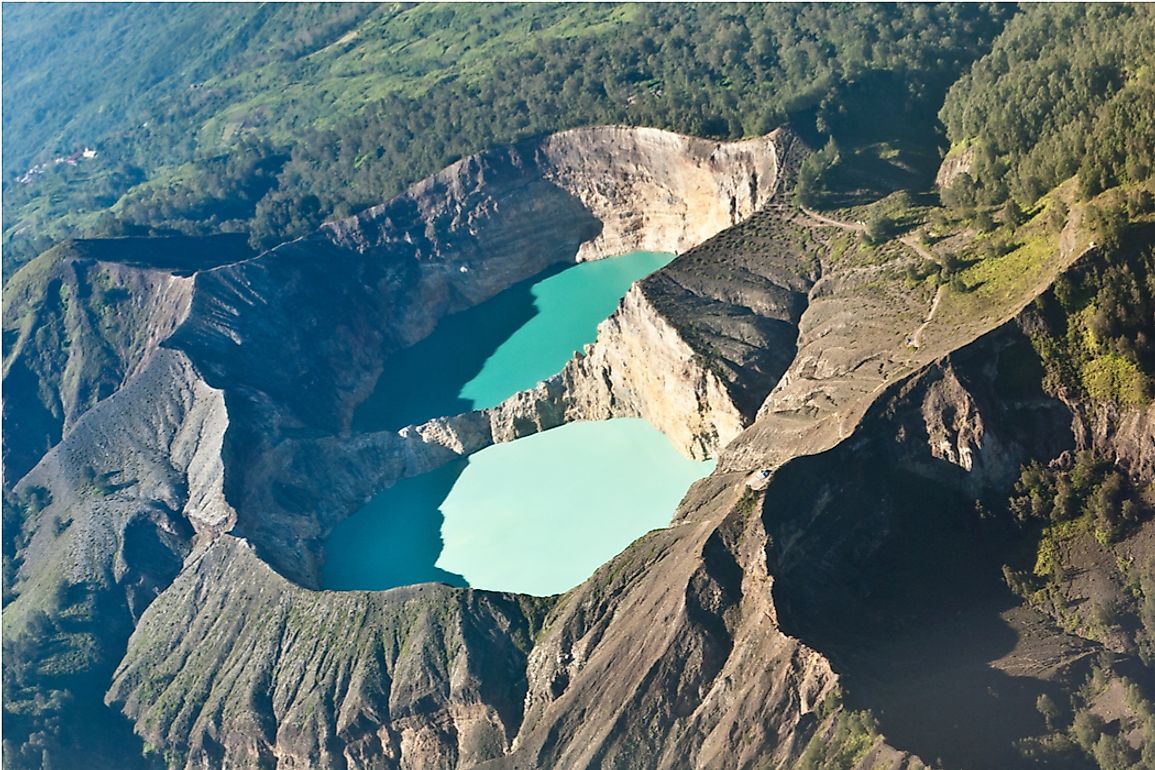
Flores, an Indonesian island, is a member of the Lesser Sunda Islands. It occupies an area of 13,540 square km and houses a population of 1,831,000 as of 2010. Flores houses a significant population of the Komodo dragon and a part of its habitat is thus part of the Komodo National Park. The island also hosts another unique species, the Flores giant rat. Flores is inhabited by mainly Roman Catholic Christians who speak Austronesian languages. Flores has several tourist attractions like the Kelimutu volcano and its crater lakes, beaches, diving and snorkeling sites, Komodo dragon habitats, traditional villages, etc. Tourism, agriculture, and fishing form the backbone of the economy of Flores.
5. Sumba
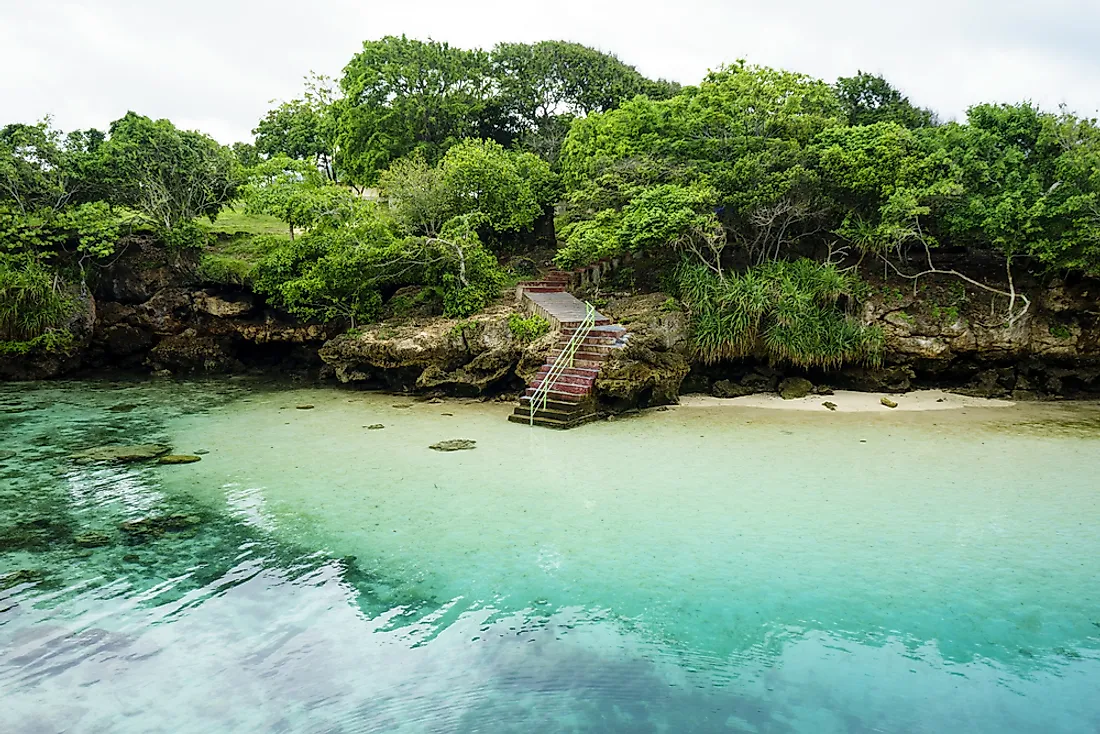
Sumba is an Indonesian island that occupies an area of 11,153 square km in eastern Indonesia. The estimated population of the island is 755,849. Waingapu is the largest town on the island. The landscape of Sumba is dominated by low-lying limestone hills. The island has a rich diversity of flora and fauna and is especially famous for its birdlife which features over 200 species of birds including several endemic species. The natural habitat of Sumba is, however, at threat due to clearance of forests for human activities. Waterfalls, beaches, coves, birdlife, etc., are some of the tourist attractions of Sumba.
4. Timor
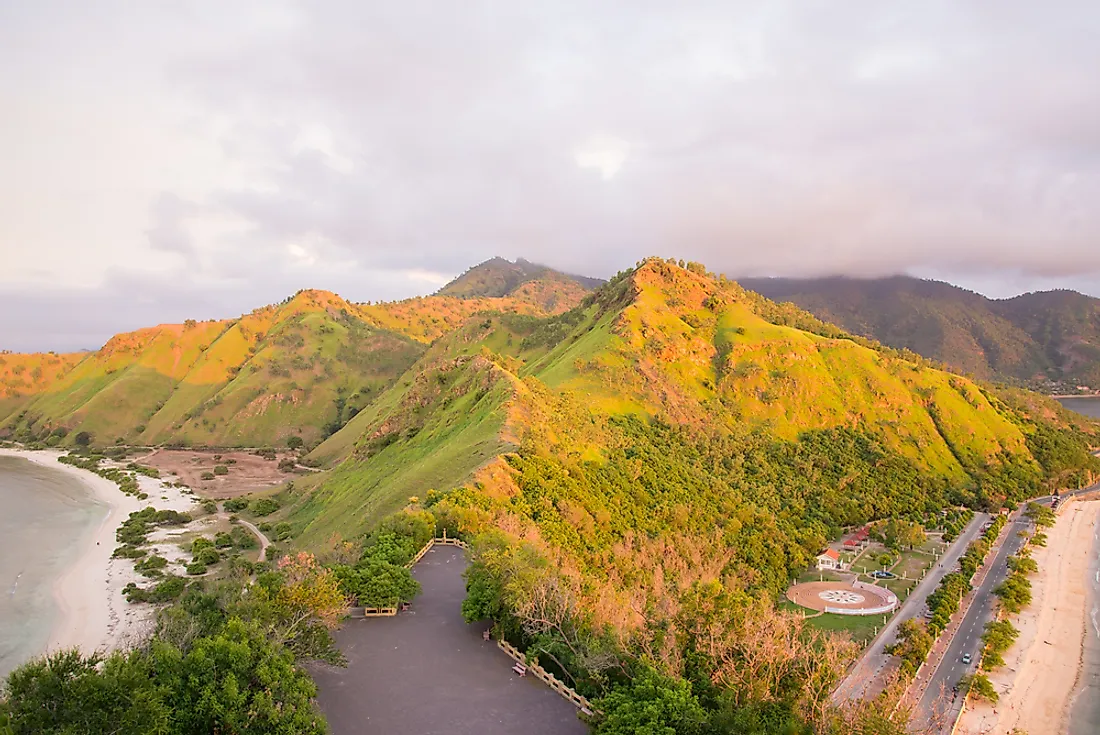
Located to the north of the Timor Sea, the island of Timor is divided politically into East Timor and Indonesia. The area occupied by Timor is 30,777 square km and, as of 2014, it has a population of 3,182,693. Christianity is the religion of the majority in Timor. The flora and fauna of Timor feature a mix of both Austronesian and Asian species. Several endemic species like the Timor rat, Timor shrew, etc., are found here.
3. Alor Archipelago
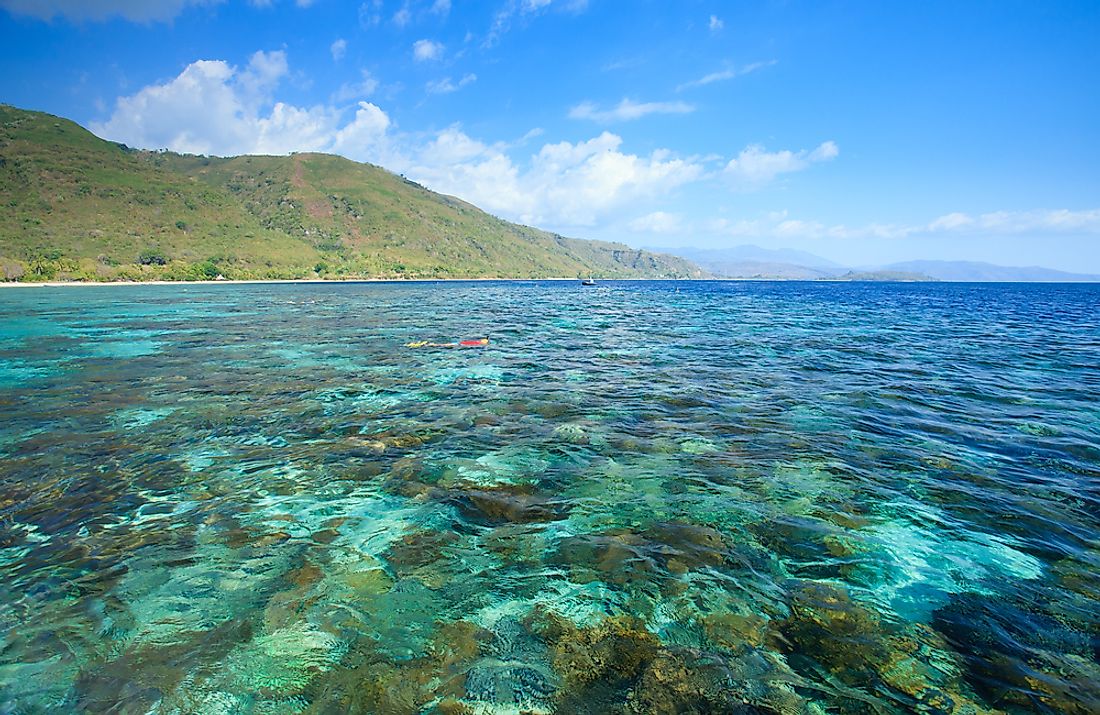
The Alor archipelago is a Regency in the Indonesian province of East Nusa Tenggara. Alor is the largest island in the archipelago. The population of the archipelago is around 180,487 as of 2008.
2. Barat Daya Islands
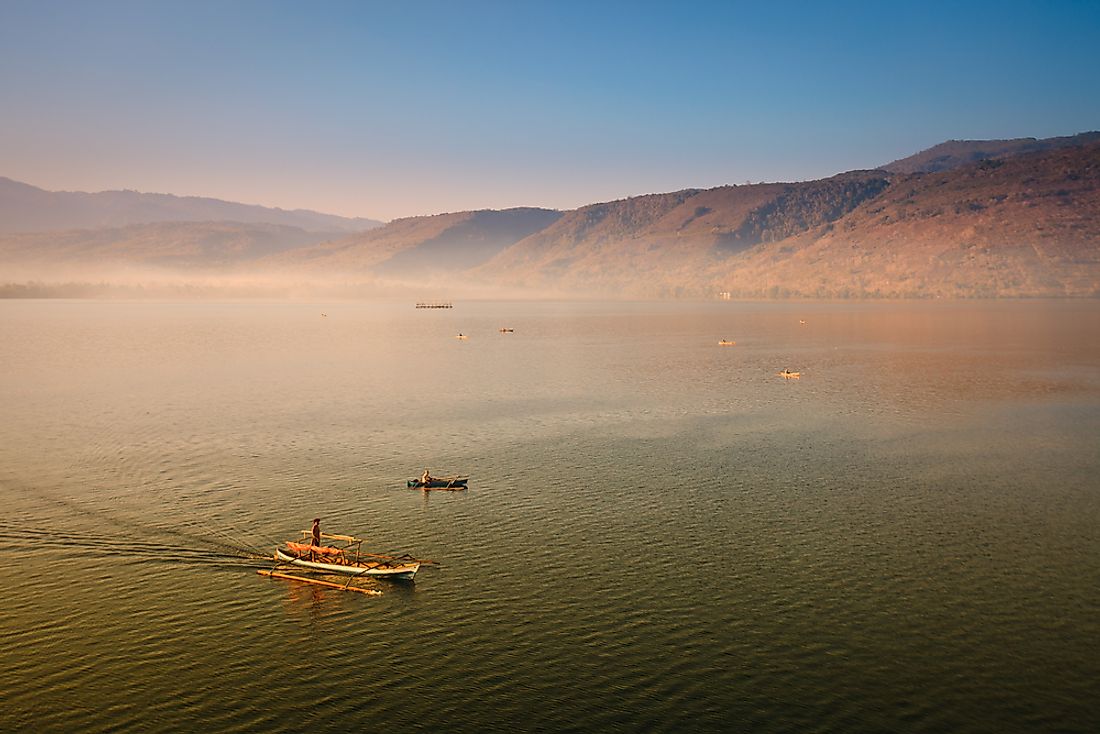
Part of the Indonesian province of Maluku, the Barat Daya Islands include the Damar, Liran, Wetar, Romang, and Kisar islands. Wetar is the largest island in this island group. These islands are mostly infertile and barren and have little forest cover. These islands have only a few mammals and features species of both Asiana and Austronesian origin.
1. Tanimbar Islands
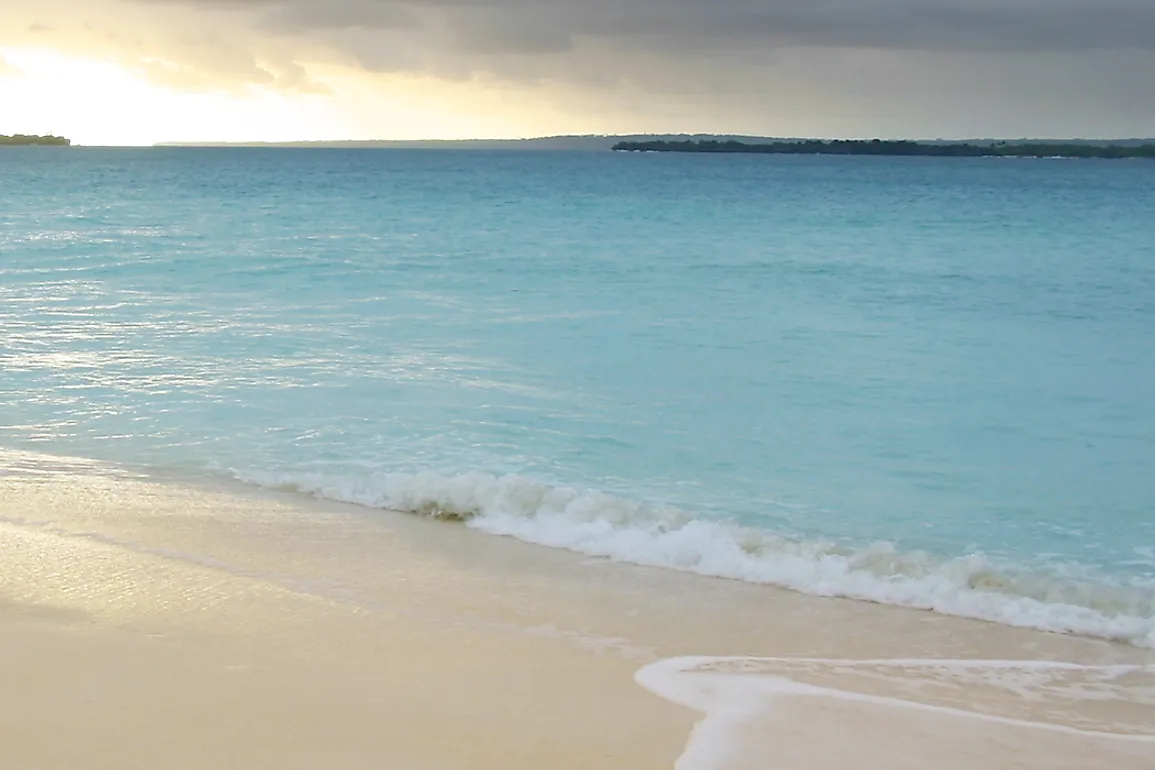
The Tanimbar Islands is an archipelago comprising of about 65 islands. These islands are a part of Indonesia and occupy a total area of 5,440 square km and house a population of 105,341. Yamdena is the largest island in this archipelago. Christianity is the dominant religion in the Tanimbar Islands.











